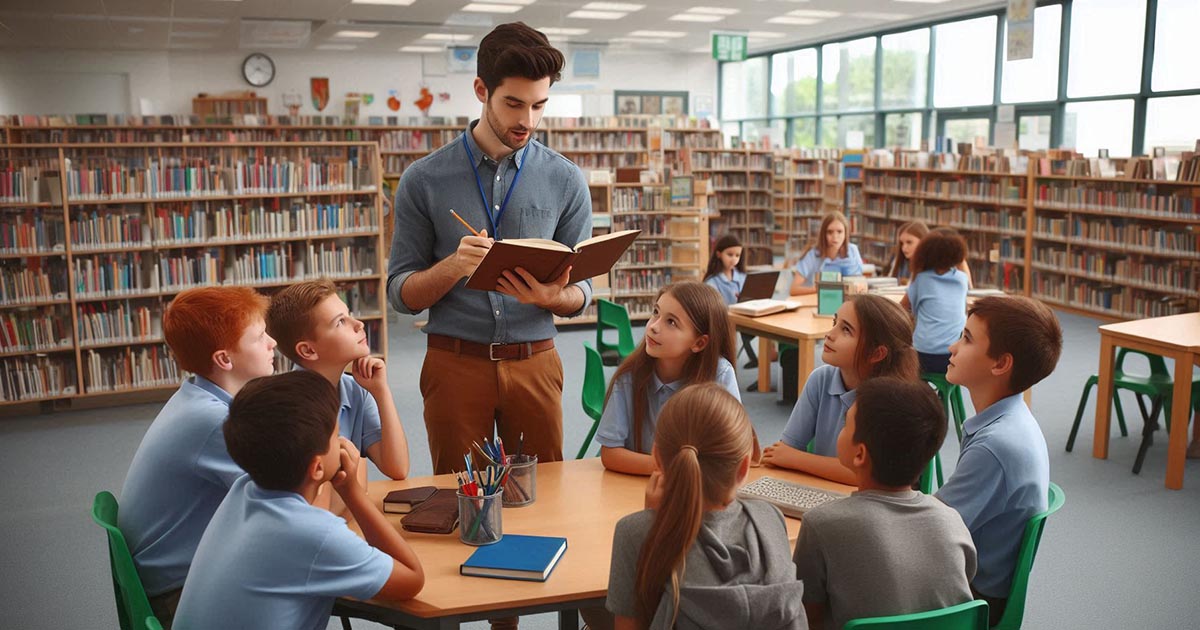ChatGPT said:
Teaching Library Skills to Students Aged 10-13: A Guide for School Librarians
Teaching library skills to students between the ages of 10 and 13 is both exciting and vital. At this stage, students are transitioning from elementary to middle school, where they are expected to develop stronger research habits and greater independence in using library resources. This age group, full of curiosity and enthusiasm, is an ideal time to nurture skills that will benefit them for years to come.
The first step in teaching library skills is making the library environment approachable. Many students may feel overwhelmed by the sheer amount of books and resources. A welcoming, organized, and easy-to-navigate library space is crucial. Introduce students to the library layout through an engaging library tour, explaining where different sections are and what they offer. Use visuals such as floor plans or interactive tools to help them better grasp the layout. Pointing out key features like the fiction section, nonfiction, reference materials, and digital resources will help students feel more comfortable in the space.
Next, teach them how to locate books using the Dewey Decimal System or a library’s catalog system. Start with basic concepts such as call numbers, and make the learning process fun by turning it into a treasure hunt. Have them locate specific books by their call numbers, encouraging them to see how this system connects to the content of the books. This hands-on approach helps build their confidence in independently finding books on their own.
Research skills are another critical aspect of library instruction for this age group. As they start diving into more complex subjects, students need to learn how to use a range of sources. Introduce them to reference books, online databases, and reliable websites. Show them how to evaluate information for credibility, helping them distinguish between useful and unreliable resources. Instructing them on citation styles and the importance of avoiding plagiarism will also lay a solid foundation for future academic success.
To make learning these skills engaging, create interactive lessons that connect library skills with students’ interests. For example, if the class is studying animals in science, ask students to locate books on animals using call numbers and conduct research using both physical and digital sources. This connects library skills with real-world applications, making the skills more meaningful to students.
Encouraging independent reading is another key focus for this age group. Library lessons should incorporate time for students to explore books that pique their interest. By providing a range of genres and formats, including graphic novels, fiction, biographies, and even audiobooks, students will develop a love of reading while learning how to navigate different types of texts.
In conclusion, teaching library skills to 10-13-year-old students should be a hands-on, engaging experience that builds confidence and fosters independence. By introducing them to the library’s organization, guiding them in research, and connecting these skills to their personal interests, school librarians can empower students with the tools they need to become lifelong learners and information seekers.




